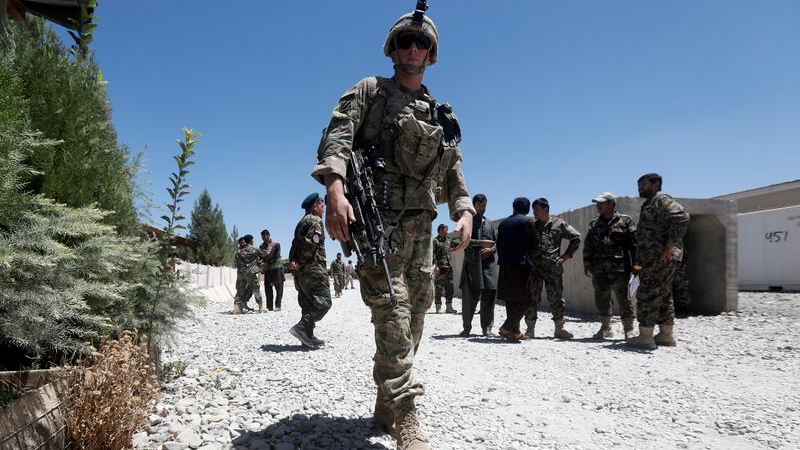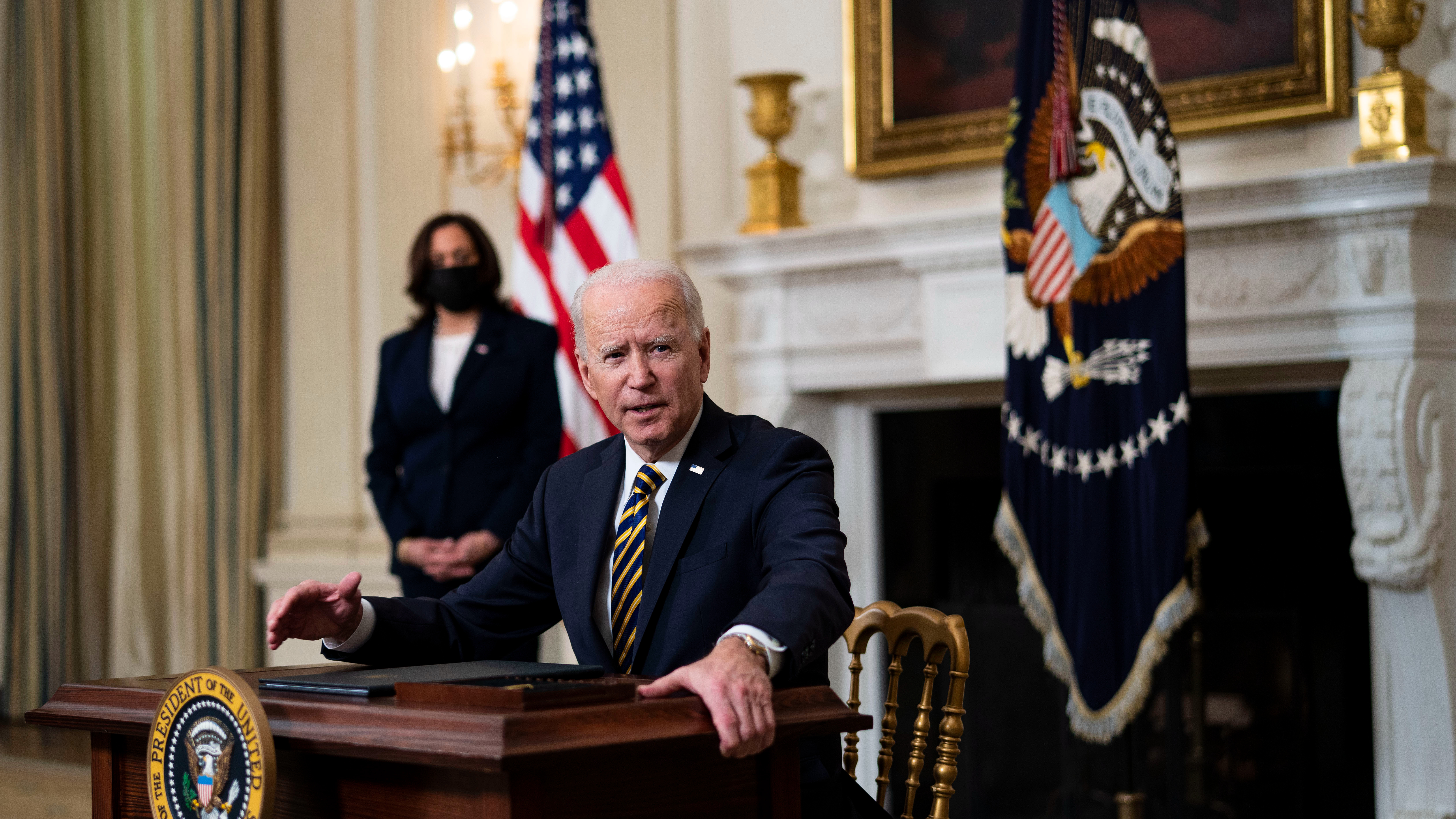
A U.S. soldier keeps watch at an Afghan National Army base in Logar Province, Afghanistan, August 5, 2018. /Reuters
A U.S. soldier keeps watch at an Afghan National Army base in Logar Province, Afghanistan, August 5, 2018. /Reuters
Editor's note: Hannan Hussain is a foreign affairs commentator and author. He is a Fulbright recipient at the University of Maryland in the U.S. and a former assistant researcher at Islamabad Policy Research Institute. The article reflects the author's opinions and not necessarily the views of CGTN.
Given the Biden administration's decision to withdraw all American troops from Afghanistan by September 11, 2021, Washington should protect the contours of Afghanistan's emerging political settlement blueprint by accelerating support for the UN-backed intra-Afghan peace summit next week. Its best course of action is to use the platform to formally end U.S. posturing of "strategic ambiguity" in Afghanistan, a position that has tied peace prospects to the myth of conditions-based troop withdrawal and put Afghan civilians on course for a brutal Taliban offensive in May.
Biden can exercise this move in conjunction with key training and coalition support forces present in Afghanistan. Most coalition partners will follow U.S. departure in September but must first preside over a political settlement framework for the country – one which Taliban insurgents and the ruling government both need to score domestic legitimacy post-September.
The Taliban could resume hostilities in May
If Biden played to Washington's chorus of hawkish conservative lawmakers, who wish to see a military victory materialize in Afghanistan, he would end up playing with Afghan lives. The Taliban warned last month that a U.S. failure to withdraw all troops by the Trump-period deadline of May 2021 would leave the group "compelled to … continue its Jihad and armed struggle against foreign forces to liberate its country."
Underneath that threat is a frequently overlooked vulnerability of the insurgents: they face significant difficulty in convincing warring factions that the group's goal is to renegotiate past compromises with Washington again and again.
The U.S. Office of the Director of National Intelligence (ODNI) appears to have taken note of such a low-stakes Taliban peace deal prospect, providing a realistic measure of the insurgents' battleground advantage against Kabul in its April Threat Assessment report.
More importantly, ODNI – like the Biden administration – is simply unwilling to sell U.S. troop presence in Afghanistan as some self-proclaimed remedy to Taliban's violence leverage. Instead, the message from the White House to the Taliban is that any attack against U.S. troops during the pull-out period "will be met with a forceful response."
There is a difference between this brand of tactical deterrence and the one that Washington has vested in its occupation for decades: this is an option that the U.S. can readily execute. Deterring the Taliban against the threat of U.S. retaliatory attacks enables U.S. to coordinate a more peaceful military withdrawal with NATO forces on the one hand, and on the other, helps redirect the Taliban's energies towards an intra-Afghan diplomatic track in Istanbul next week.
Note that U.S. force posture, after two decades of superpower advertising, has finally hit a wall in Afghanistan – a nation that has been expelling military conquests since the 17thth century. The Taliban's force posture is bound to hit the same brick wall if the insurgents interpret their political legitimacy prospects in Kabul as an inherently militaristic endeavor.
The costs of military experimentation are too high
"The president has judged that a conditions-based approach, which has been the approach of the past two decades, is a recipe in staying in Afghanistan forever."

U.S. President Joe Biden signs an executive order on the economy in the State Dining Room of the White House in Washington, D.C., February 24, 2021. /Getty
U.S. President Joe Biden signs an executive order on the economy in the State Dining Room of the White House in Washington, D.C., February 24, 2021. /Getty
These words from a senior White House official made clear that the September 2021 withdrawal decision, by itself, will lose all weight if marketed as "conditions-based" from Washington. The only big reason why the U.S. stuck to its conditions-based justification over the years was to ensure that Afghan security forces – weaklings against Taliban fighters – were given critical coalition support.
But the empirical record of such support to militaries, during and after occupation, is exceptionally poor.
This puts the spotlight back on Afghan civilians. They were lifted to the top of Washington's priority list last year with the launch of an Afghan-led, Afghan-owned peace process. Though talks have stalled, and the UN-backed Ankara Summit is set to claim some lost ground, that same peace process is the only workable way for post-conflict reconciliation to take root in Kabul.
Both the Taliban and the Afghan government grudgingly agree that it is this path – not U.S. advocacy – that shows the road to the future. U.S. withdrawal from Afghanistan, therefore, is critical to ensuring the credibility of this process, no matter how flawed it is and what form it takes.
As I argued back in September, the moment intra-Afghan talks begin, Washington's stakes in the Afghan political settlement would stand transformed. This is because an "Afghan-led, Afghan-owned" peace process has limited appetite for external council, particularly the U.S. council.
Today, Biden's September withdrawal affords belated credibility to U.S. military exit plans and prevents any future headway in Afghanistan from being permanently crushed by a superpower's obsession.
Repeated rationalizing of the U.S. war on terror can accomplish only one outcome: push already difficult peace options to the verge of impossibility.
(If you want to contribute and have specific expertise, please contact us at opinions@cgtn.com.)

